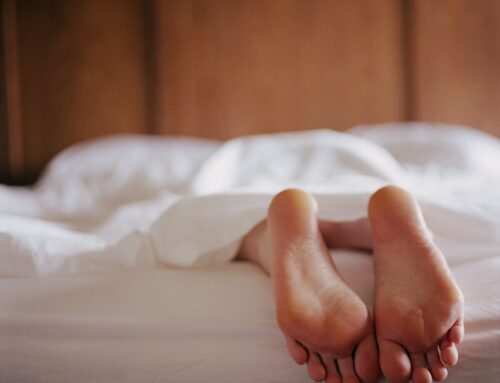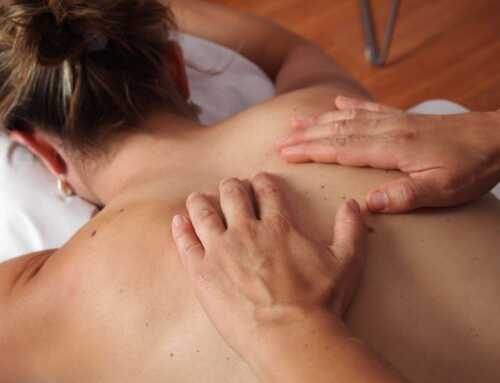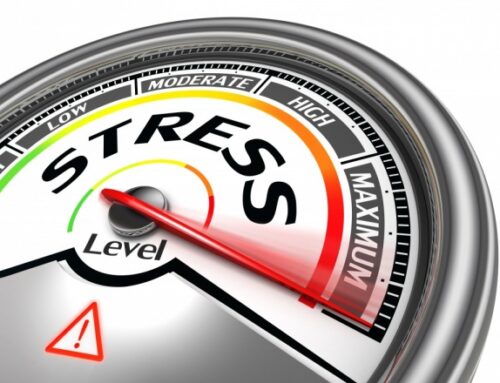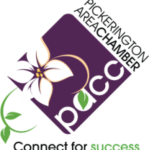Can Stomach Massage Help Constipation?
If you’re searching for stomach massage for constipation, you’re in the right place. A gentle abdominal routine called the ILU technique can nudge your gut’s natural rhythm, ease gas, and help things move. Below you’ll find clear steps, how much pressure to use, and when to skip it.
What is Constipation?
Constipation is a common digestive condition characterized by infrequent or difficult bowel movements. In individuals experiencing constipation, the stool becomes hard, dry, and challenging to pass, leading to discomfort and straining during bowel evacuation. This condition occurs when the muscles in the colon contract slowly, causing a delay in the movement of waste through the intestines.
Various factors can contribute to constipation, including a lack of dietary fiber, inadequate fluid intake, a sedentary lifestyle, certain medications, and underlying health issues. While generally not a severe medical concern, chronic constipation can negatively impact a person’s quality of life, and it is essential to address the condition through dietary adjustments, lifestyle changes, and, if necessary, medical intervention.
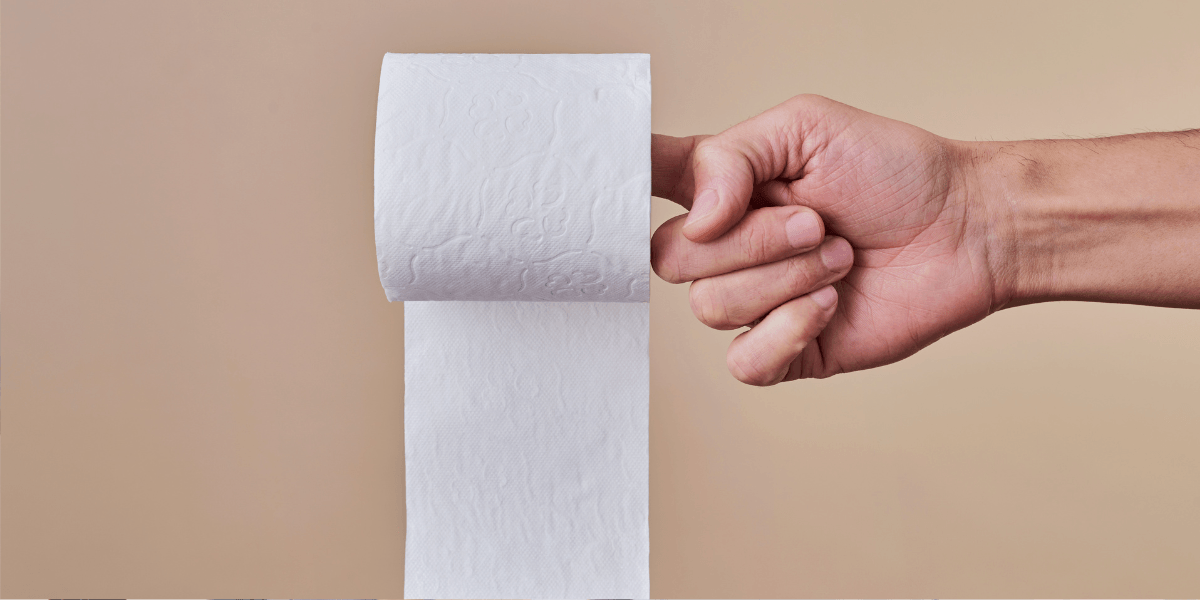
Understanding Constipation
Constipation is a common condition that affects people of all ages, significantly impacting their quality of life. It’s characterized by infrequent bowel movements, difficulty passing stool, or both. Understanding its symptoms, how it affects bowel movement frequency and transit time, and its causes is essential in finding effective relief.
Constipation Symptoms
The symptoms of constipation can vary but typically include fewer than three bowel movements per week, straining during bowel movements, hard or lumpy stools, and a sensation of incomplete evacuation. Sufferers may also experience abdominal bloating and discomfort. These signs are more than just inconveniences; they are indicators that your body isn’t functioning as smoothly as it should, emphasizing the need for a solution to restore comfort and regularity.
Frequency of Bowel Movements & Colonic Transit Time
In a healthy individual, bowel movements generally occur anywhere from three times a day to three times a week. Constipation affects this frequency, leading to less regular and often more challenging bowel movements. Alongside this, the colonic transit time — the time it takes for food to travel through the large intestine — is significantly prolonged. This delay can result in harder stools and more difficulty passing them, as the colon absorbs more water the longer the waste remains.
Causes of Constipation
Several factors can contribute to constipation, but some of the most common are:
- a poor diet lacking in fiber
- insufficient water intake
- medical conditions like irritable bowel syndrome, diabetes and hypothyroidism
- medications
Can Massage Loosen Your Bowels?
There’s no doubt that a good massage can feel relaxing. But can it also help alleviate constipation symptoms including stomach pain?
The short answer is yes! Massage can help to loosen the stool and make it easier to pass. It can also help to stimulate the digestive system, which can be helpful in restoring regularity. The massage therapist will massage your abdomen. Typically clients who receive these massage techniques need to have a bowel movement within a few hours.
So if you’re struggling with constipation, don’t hesitate to give massage a try. You may be surprised at just how effective this home remedy can be.
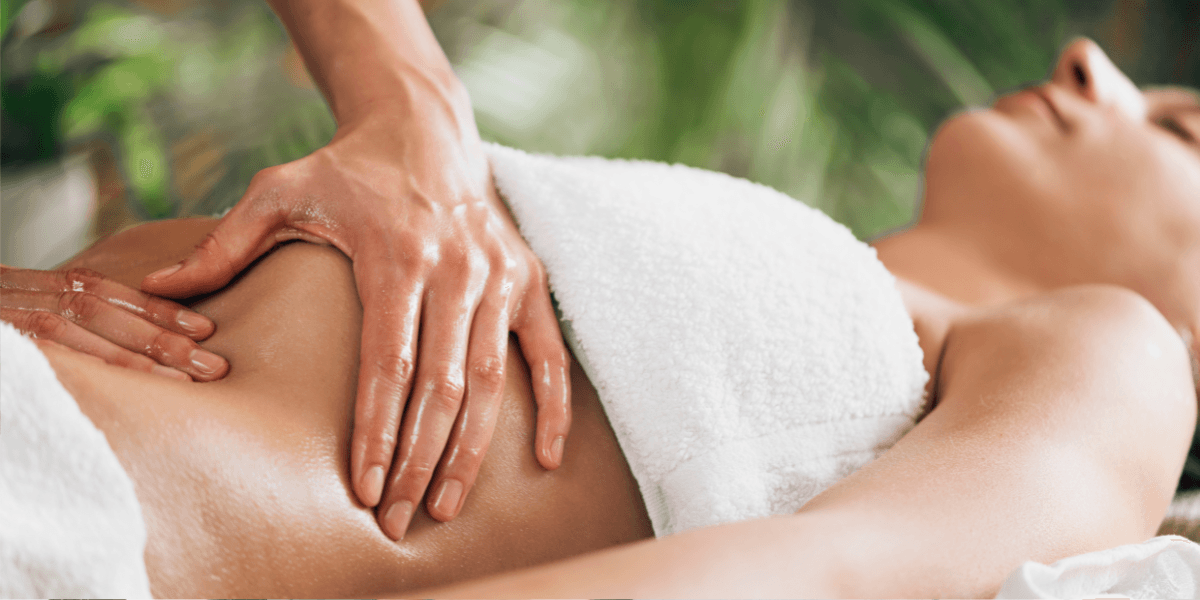
Can Stomach Massage Help With Other Digestive Issues?
In addition to constipation, massage can also help with other digestive issues like gas, bloating, and indigestion and possibly even irritable bowel syndrome. So if you’re experiencing any of these problems, consider giving massage a try.
It’s important to note that massage is not a cure-all for digestive issues. But it can be a helpful tool in managing these problems and keeping your digestive system healthy.
When should you not massage the abdomen:
Abdominal massage can be an effective self-treatment for constipation and may provide relief for those struggling with regularity. This technique is especially helpful for people with long-term health conditions, older adults, and individuals with disabilities. However, certain individuals should avoid this approach, including those with:
- Inflammatory bowel disease (IBD)
- Swollen colon from irritable bowel syndrome (IBS)
- Pregnancy
- Unstable spine injuries
- Recent stomach wounds, stitches, or open sores
- Severe pain in the right lower abdomen – this could indicate appendicitis
If your constipation symptoms include severe stomach pain, vomiting, intense cramping, or loud gurgling sounds, you might have a bowel emergency and should contact a doctor immediately.
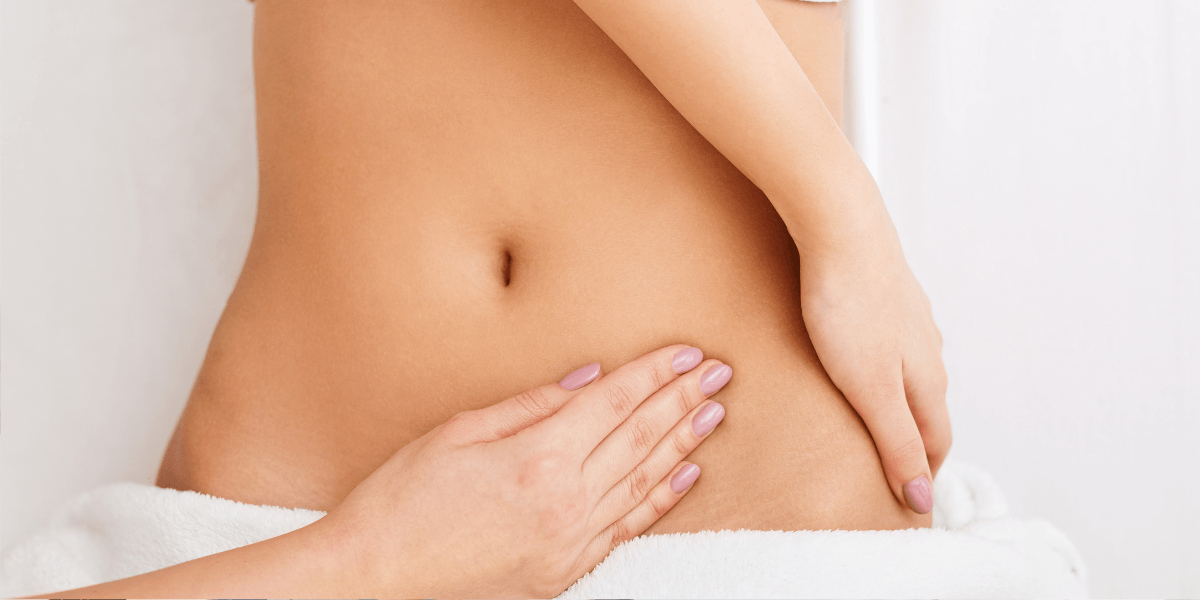
Is there a pressure point to relieve constipation?
There may be. In a 2012 study, researchers found that stimulating the perineum—the area between the anus and scrotum in men, or between the anus and vulva in women—could help to manage constipation discomfort. The researchers concluded that perineal stimulation may be “a new promising non-invasive therapy” for constipation.
But before you start giving yourself a perineal massage, there’s one important caveat: The study was very small, involving only 30 people. And it’s not clear how long the effects of perineal stimulation last. So more research is needed to confirm whether this approach is effective for relieving constipation.
If you’re interested in trying perineal stimulation for constipation relief, ask your doctor or another healthcare provider first. They can help you to determine whether this approach is right for you. While this is not something we perform at Body Ache Escape Massage Center, you are able to perform it on yourself.
The SJ6 acupressure point helps in the relief of constipation. Apparently, these points stimulate the lower jaw, including kidneys, intestines, and bladder. For acupressure: Locate SJ6, three fingers wide at your wrist creases on the outer part of your arm. Press on the point with your opposite thumb or index finger. Apply circular pressure for 1 to 3 minutes. Repeat on your other arm.
How do you give yourself an abdominal massage for constipation?
There are a few different ways that you can massage yourself to get rid of constipation. One way is to stimulate the perineum, as mentioned above. Another way is to massage the lower abdomen in a clockwise direction. This technique is called “self abdominal massage”.
Self-Massage may help to improve bowel movements by breaking up stool and helping it move through the intestines more easily. To start, apply massage oil to your stomach. Castor oil is a superb choice for massage for constipation. Lie down on your back with your knees bent and place your hands on your lower abdomen. Massage your lower abdomen with gentle pressure in a clockwise direction for two to three minutes. Also, you can check out the video on this page for a great abdominal massage. For another variation of a good belly massage follow the steps below.
DIY Massage for Constipation: Show Your Gut Some Love!
Engage in a soothing stomach massage using three simple steps. Begin by tracing the shape of an “I” on your belly, followed by an “L,” and finally, complete an “U.” This technique is referred to as the I-L-U or “I Love U” belly massage—an affectionate gesture for your internal well-being.
To perform this massage, follow these steps:
1. Lie down on your back.
2. Starting from the left side of your belly, gently apply pressure as you move your hand down in a straight line, resembling the letter “I.” Begin just beneath the rib cage and proceed down to the top of your left hip bone. Repeat this motion ten times.
Purpose: Initiates peristalsis, the intrinsic contractions that stimulate movement in the digestive system, aiding in bowel movements.
3. Now, continue applying gentle pressure as you run your hand across the top of your belly, just beneath the rib cage, moving from right to left, as you did in the “I” motion. Simultaneously, repeat the “I” motion on the left side, just as you did earlier (similar to the letter “L”). Perform this sequence ten times.
4. Time to complete the inverted “U”: Start at your right hip bone and gently apply pressure as you move upwards, then go across. Finally, trace back down the “I” line. Repeat this sequence ten times.
For best results, perform this massage in the morning after breakfast to stimulate bowel movement. By doing so, you increase the likelihood of having regular and happy bowel movements in no time.
If you’re looking for a natural way to help constipation, massage may be the answer for you. Massage helps increase blood flow and stimulates the bowels, both of which can help get things moving again. Call us today to schedule your next massage or schedule online and start enjoying the benefits of this natural way to treat constipation! Please tell us prior to your appointment that you are having trouble with constipation so we can change the protocol as needed!
Please note: The information in this article does not replace the advice of a medical professional. If you have any questions or concerns about your health, please speak with a doctor or other healthcare provider.
References:
Efficacy of Perineal Stimulation in Patients With Chronic Constipation: A Randomized Clinical Trial [Abstract]. (2012).
Today was my first massage at Body Ache Escape, and it was an incredible experience. I came in with a number of complaints, including a back that felt like a tied up ball of knots. However, my therapist went above and beyond to address my concerns. Not only did he work wonders on my back, but he also introduced me to a unique technique – belly massage for constipation – that provided immense relief from tension and pain. I didn’t know this but back pain could be caused from tightness in the stomach!
I must admit, the way he approached the session made me feel like it wasn’t just my body he was working on; it was a transformative experience in a good way. My therapist’s skills and approach were nothing short of amazing, and I felt completely comfortable with him throughout the entire session, which was a great way to find relief from tension.
After the massage, I felt incredibly loose, almost as if I were a kid again. I couldn’t have asked for a better outcome. So much so that I made my next two appointments before I left. His friendly demeanor and expertise are truly praiseworthy. Thank you for an outstanding massage session!

